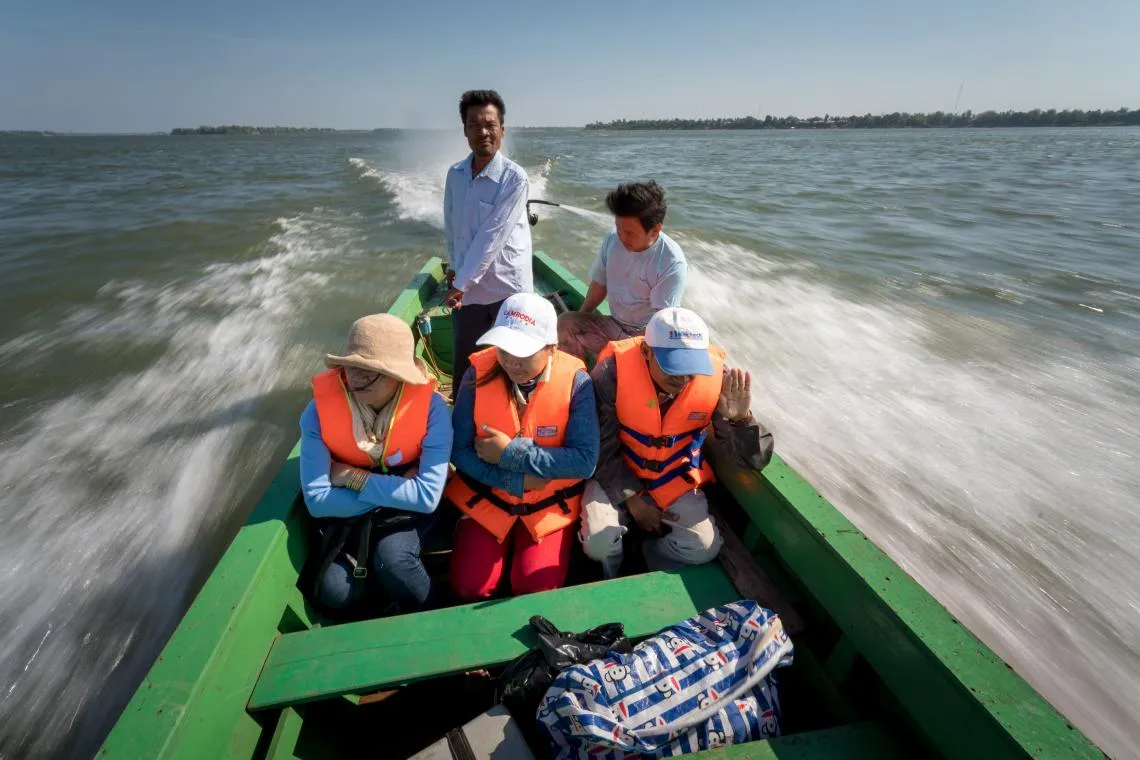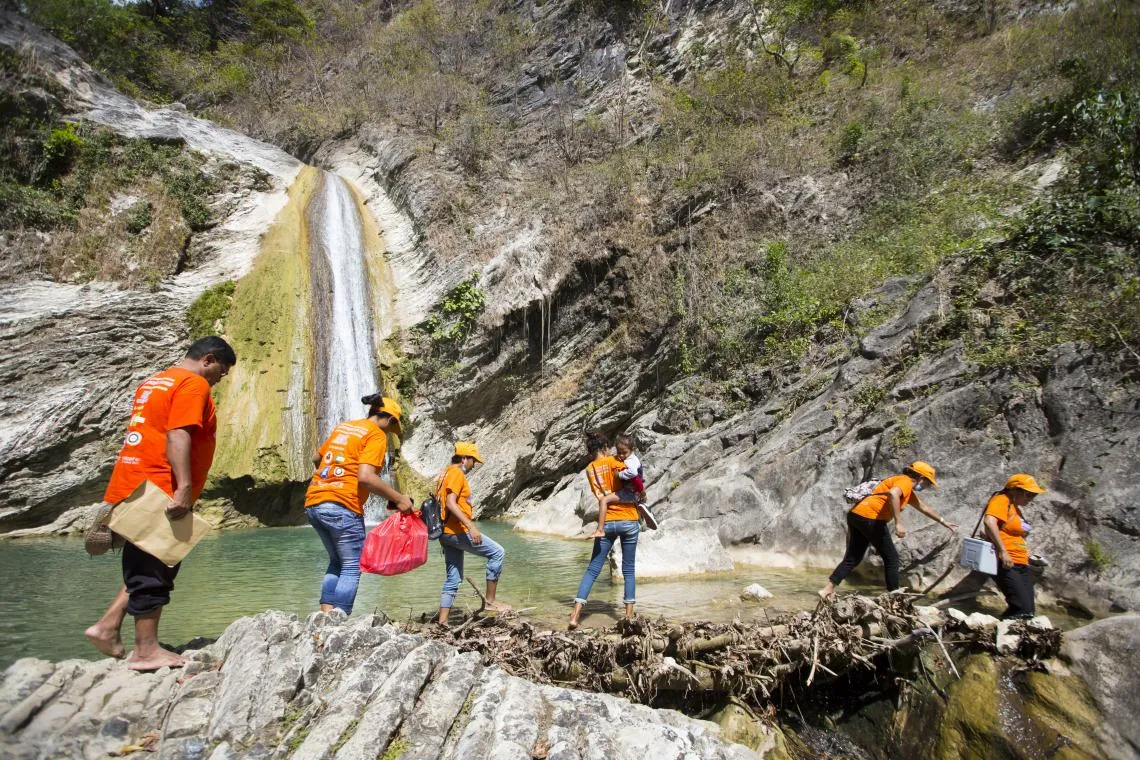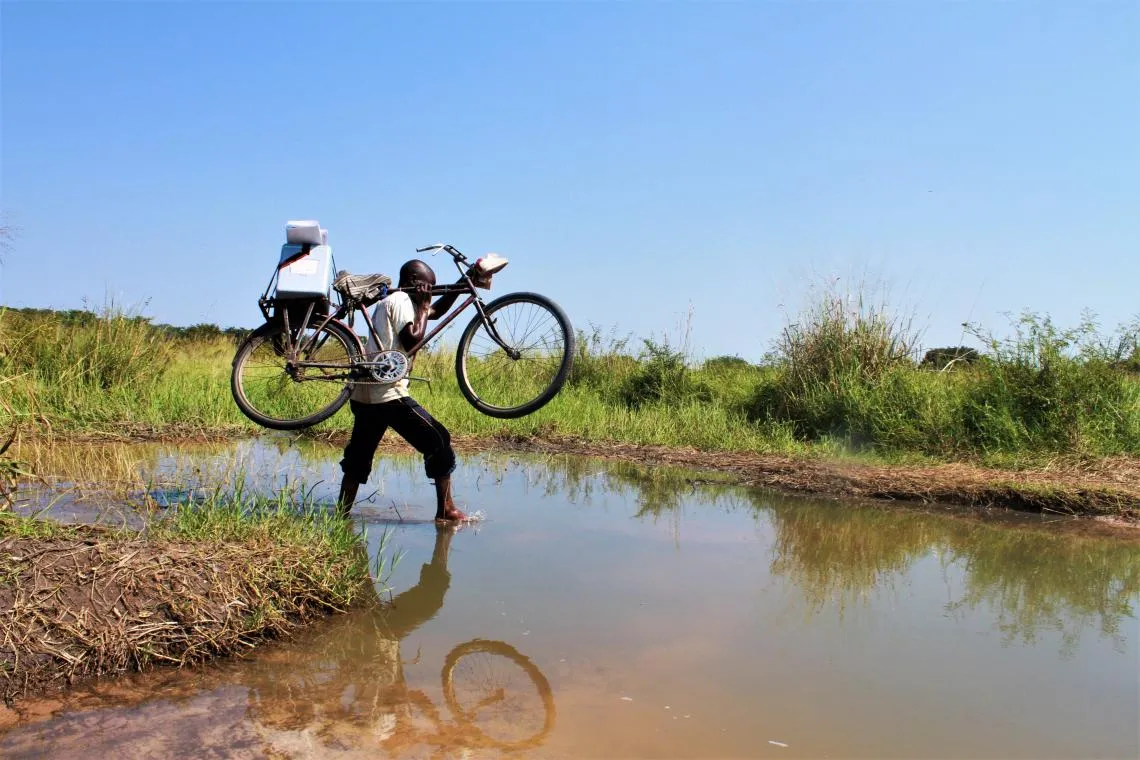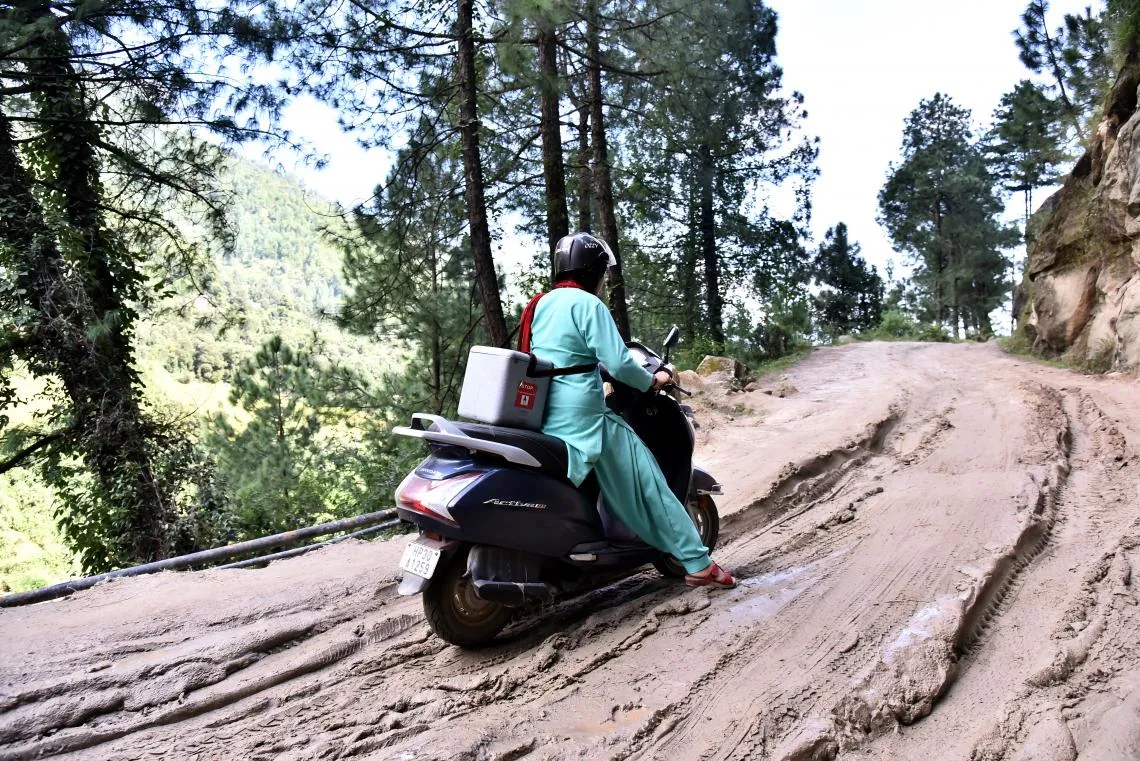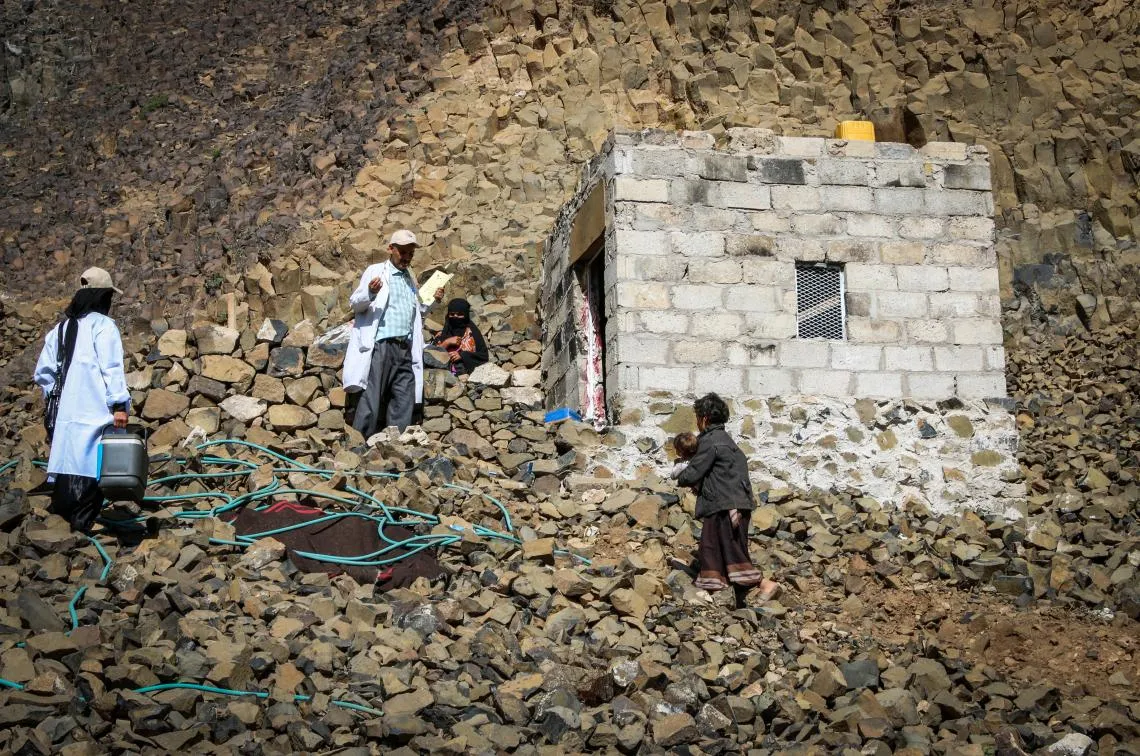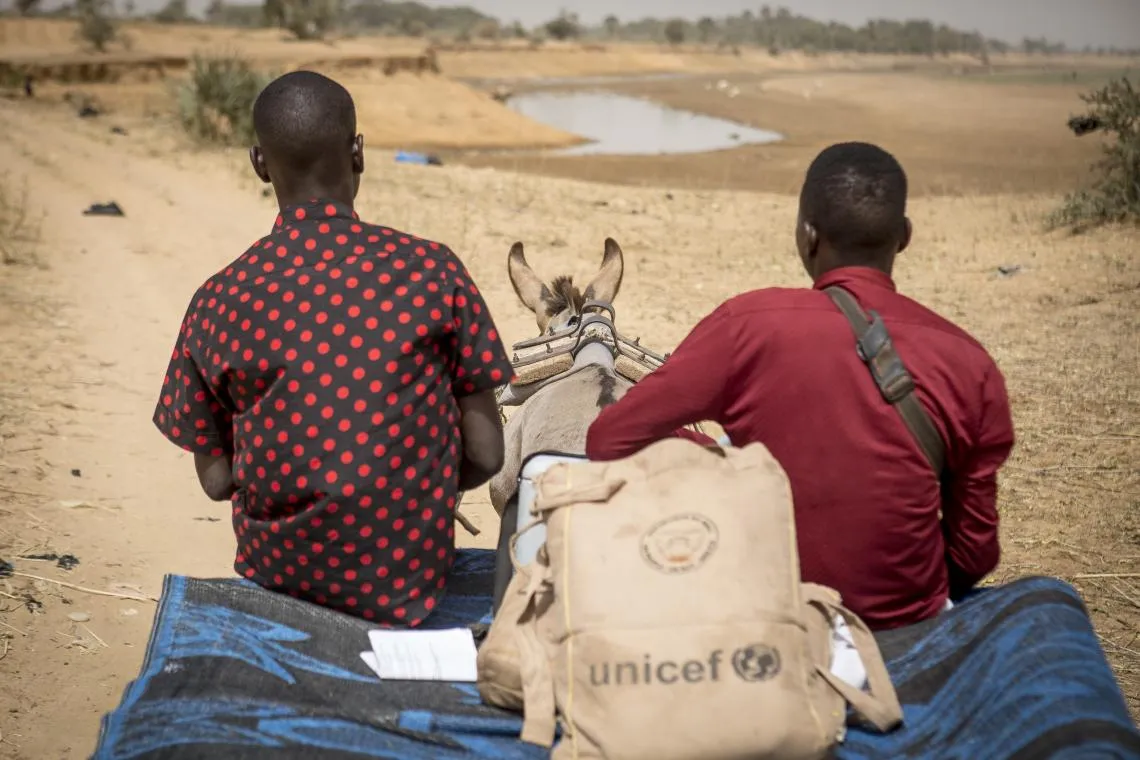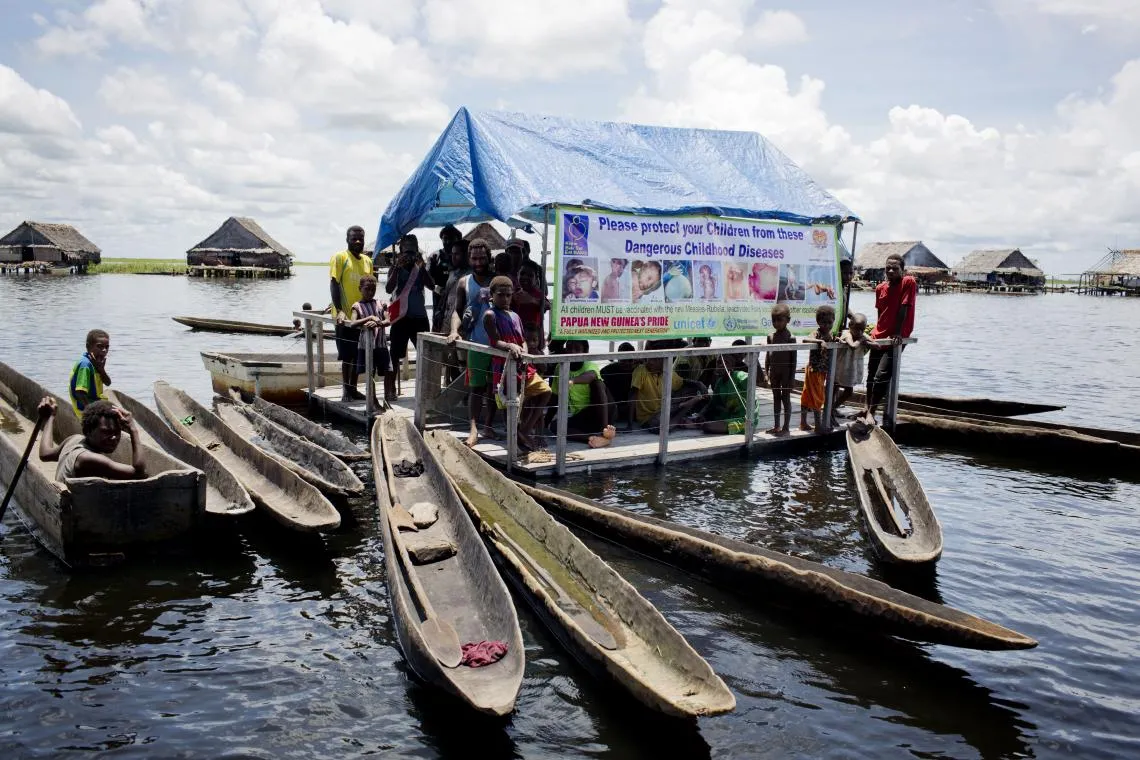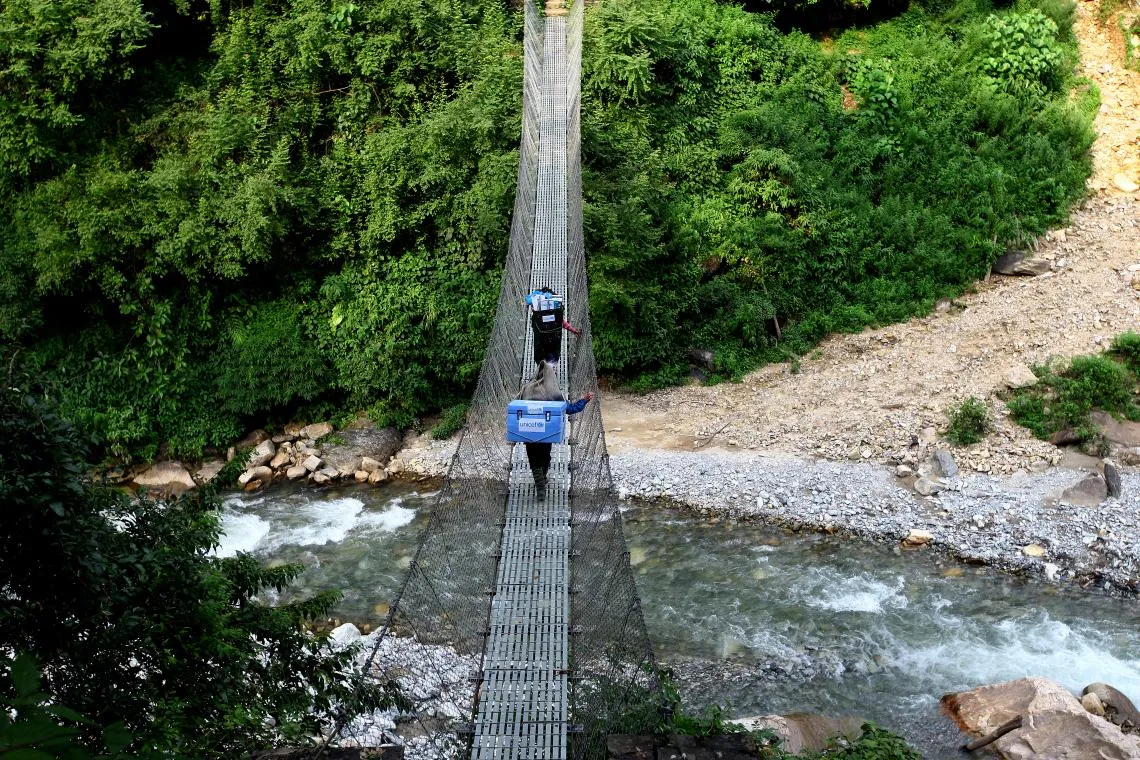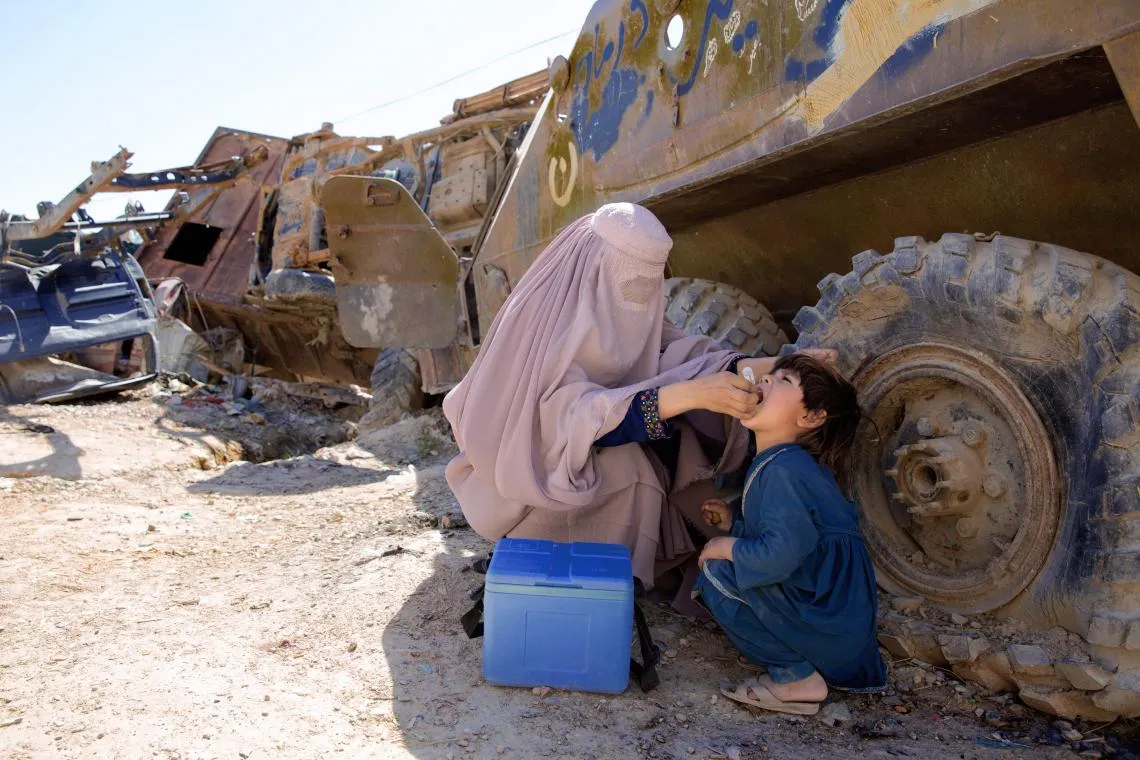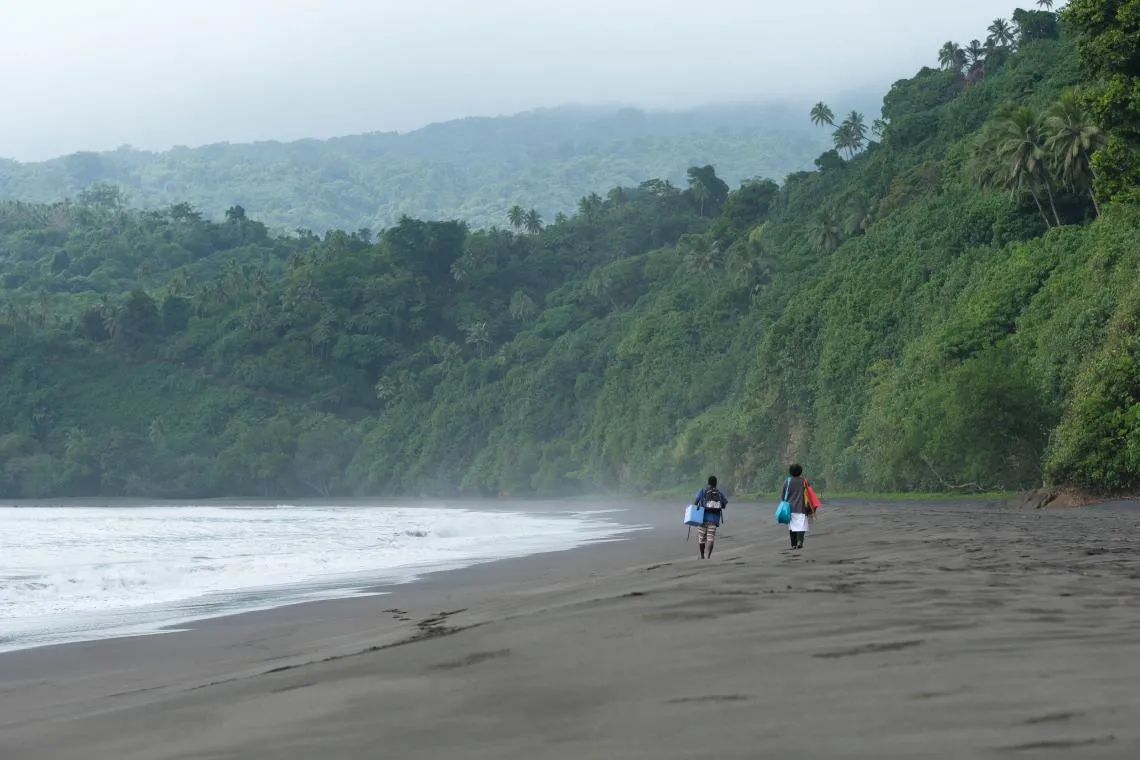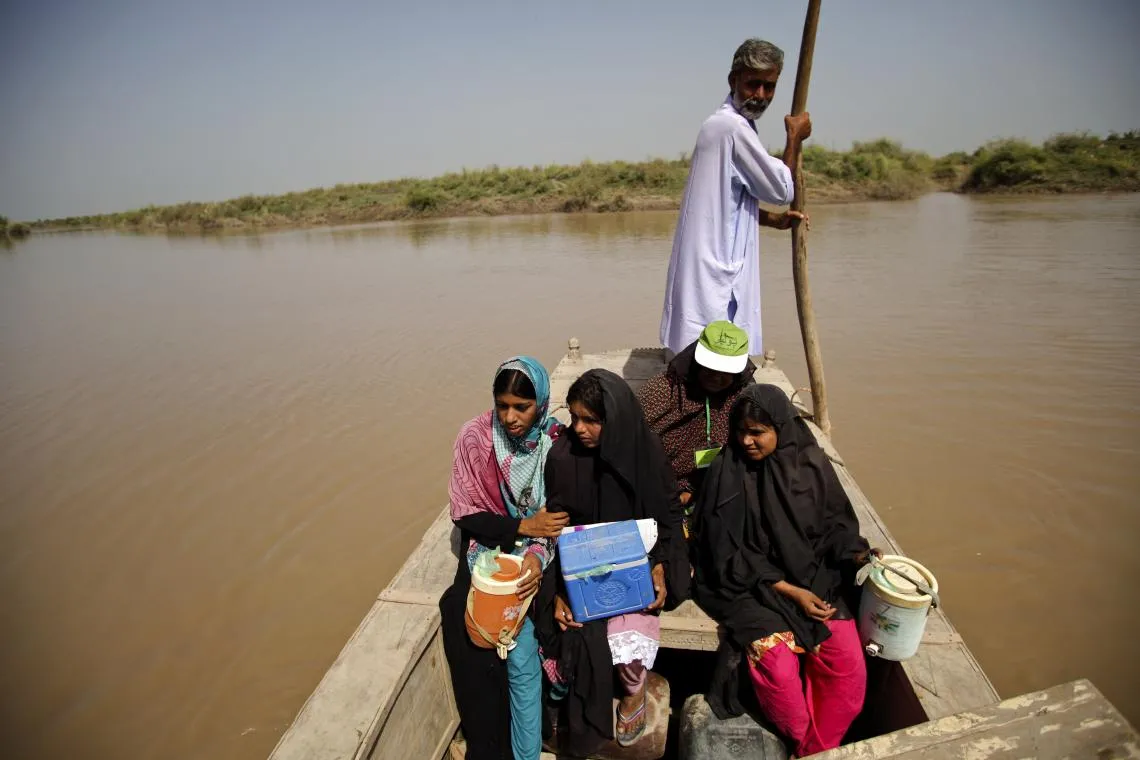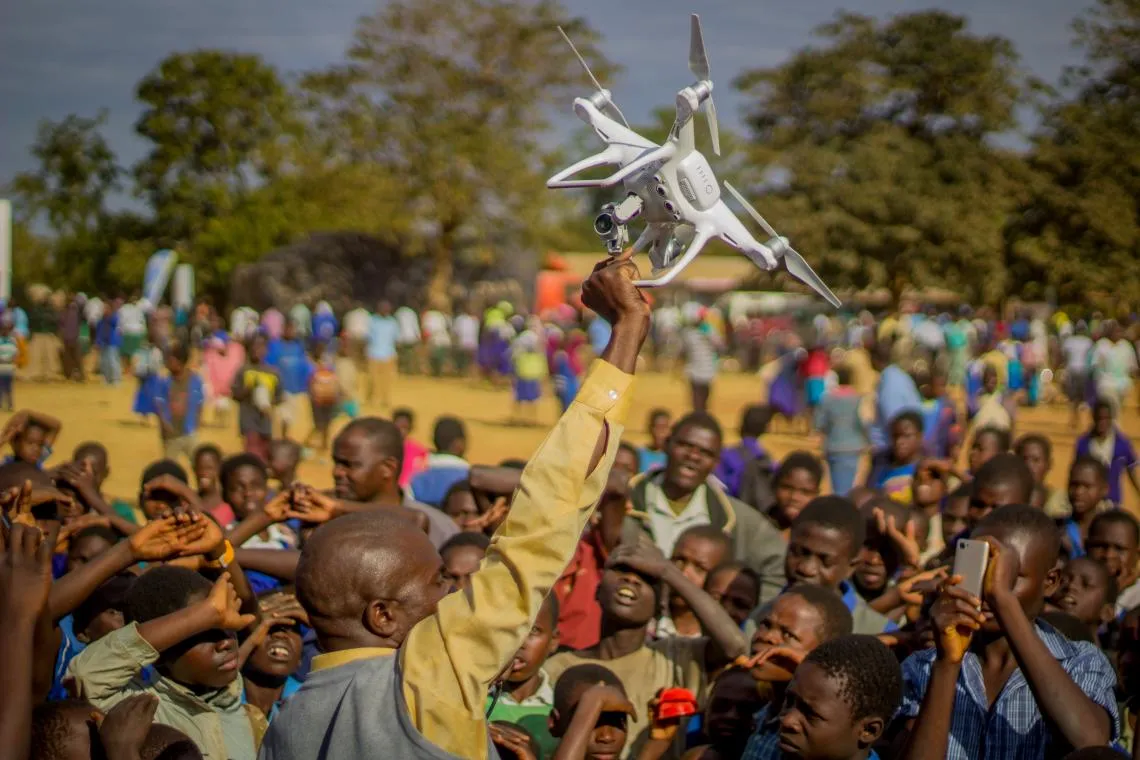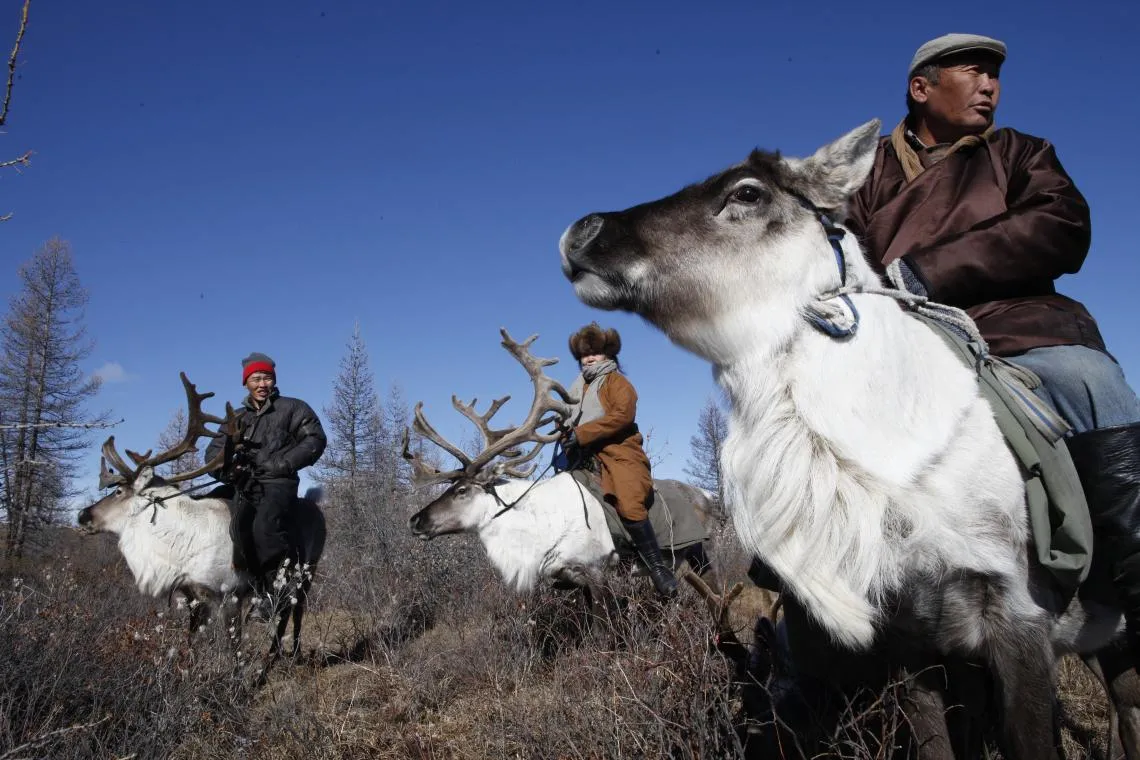How Far Will Health Workers Go?
The global COVID-19 pandemic is confronting families with the threat of a disease outbreak in their communities. It reveals what is at stake when we lack the protective shield of immunization.
There is no vaccine yet to protect against COVID-19. Health systems around the world are overstretched and the longer the pandemic continues, the more essential health services like vaccinations will be disrupted.
Vaccines are the most effective tool to prevent outbreaks of dangerous diseases. Yet approximately 13 million children globally are not receiving any vaccines, putting them and their communities at risk of disease and death. The poorest and most marginalized children who need these life-saving immunizations the most are the least likely to get it. Many children in remote communities are underserved or missed by vaccination programmes altogether.
The COVID-19 outbreak is a terrible reminder that vulnerability anywhere is a threat to public health everywhere. UNICEF is committed to safely providing essential health services, including vaccinations, for children in the most affected countries, preventing and containing further disease outbreaks.
This photo series highlights the lengths to which health workers – always on the front lines – and others in the community will go to deliver vaccines to some of the hardest-to-reach places on the planet.
